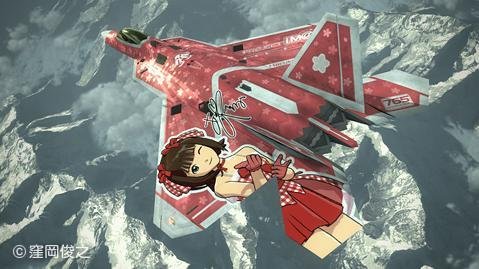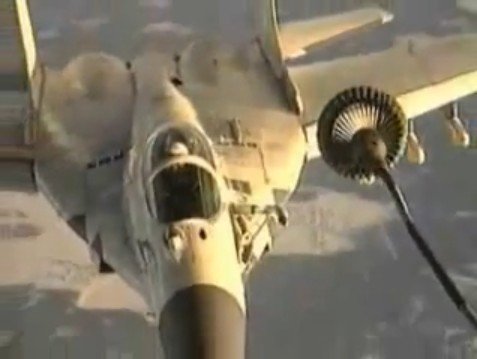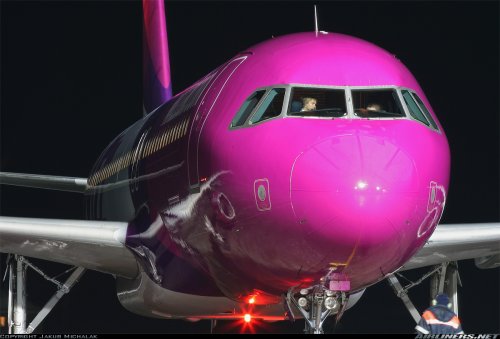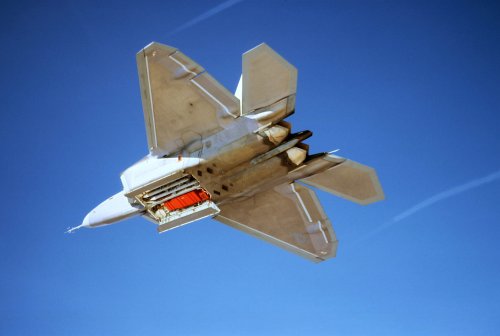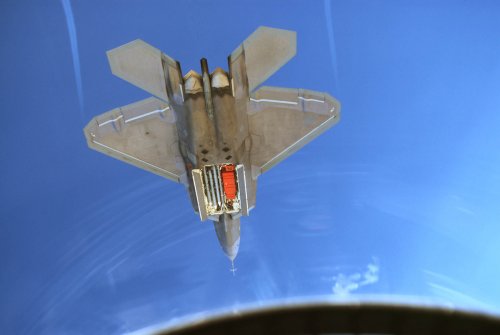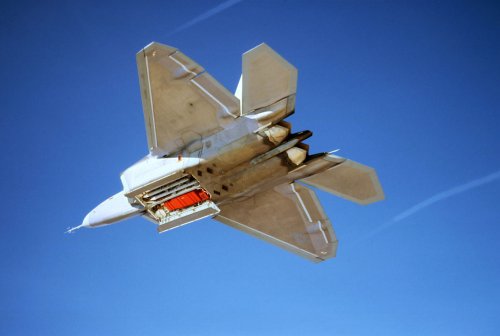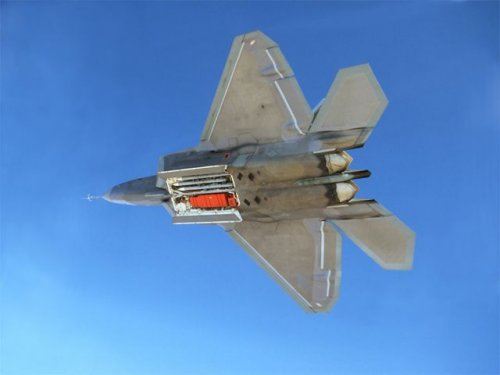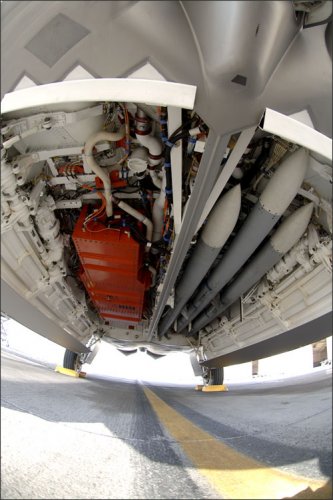Premier U.S. Fighter Jet Has Major Shortcomings
F-22's Maintenance Demands Growing
By R. Jeffrey Smith
Washington Post Staff Writer
Friday, July 10, 2009
The United States' top fighter jet, the Lockheed Martin F-22, has recently required more than 30 hours of maintenance for every hour in the skies, pushing its hourly cost of flying to more than $44,000, a far higher figure than for the warplane it replaces, confidential Pentagon test results show.
The aircraft's radar-absorbing metallic skin is the principal cause of its maintenance troubles, with unexpected shortcomings -- such as vulnerability to rain and other abrasion -- challenging Air Force and contractor technicians since the mid-1990s, according to Pentagon officials, internal documents and a former engineer.
While most aircraft fleets become easier and less costly to repair as they mature, key maintenance trends for the F-22 have been negative in recent years, and on average from October last year to this May, just 55 percent of the deployed F-22 fleet has been available to fulfill missions guarding U.S. airspace, the Defense Department acknowledged this week. The F-22 has never been flown over Iraq or Afghanistan.
Sensitive information about troubles with the nation's foremost air-defense fighter is emerging in the midst of a fight between the Obama administration and the Democrat-controlled Congress over whether the program should be halted next year at 187 planes, far short of what the Air Force and the F-22's contractors around the country had anticipated.
"It is a disgrace that you can fly a plane [an average of] only 1.7 hours before it gets a critical failure" that jeopardizes success of the aircraft's mission, said a Defense Department critic of the plane who is not authorized to speak on the record. Other skeptics inside the Pentagon note that the planes, designed 30 years ago to combat a Cold War adversary, have cost an average of $350 million apiece and say they are not a priority in the age of small wars and terrorist threats.
But other defense officials -- reflecting sharp divisions inside the Pentagon about the wisdom of ending one of the largest arms programs in U.S. history -- emphasize the plane's unsurpassed flying abilities, express renewed optimism that the troubles will abate and say the plane is worth the unexpected costs.
Votes by the House and Senate armed services committees last month to spend $369 million to $1.75 billion more to keep the F-22 production line open were propelled by mixed messages from the Air Force -- including a quiet campaign for the plane that includes snazzy new Lockheed videos for key lawmakers -- and intense political support from states where the F-22's components are made. The full House ratified the vote on June 25, and the Senate is scheduled to begin consideration of F-22 spending Monday.
After deciding to cancel the program, Defense Secretary Robert M. Gates called the $65 billion fleet a "niche silver-bullet solution" to a major aerial war threat that remains distant. He described the House's decision as "a big problem" and has promised to urge President Obama to veto the military spending bill if the full Senate retains F-22 funding.
The administration's position is supported by military reform groups that have long criticized what they consider to be poor procurement practices surrounding the F-22, and by former senior Pentagon officials such as Thomas Christie, the top weapons testing expert from 2001 to 2005. Christie says that because of the plane's huge costs, the Air Force lacks money to modernize its other forces adequately and has "embarked on what we used to call unilateral disarmament."
David G. Ahern, a senior Pentagon procurement official who helps oversee the F-22 program, said in an interview that "I think we've executed very well," and attributed its troubles mostly to the challenge of meeting ambitious goals with unstable funding.
A spokeswoman for Lockheed added that the F-22 has "unmatched capabilities, sustainability and affordability" and that any problems are being resolved in close coordination with the Air Force.
'Cancellation-Proof'
Designed during the early 1980s to ensure long-term American military dominance of the skies, the F-22 was conceived to win dogfights with advanced Soviet fighters that Russia is still trying to develop.
Lt. Gen. Harry M. Wyatt III, director of the Air National Guard, said in a letter this week to Sen. Saxby Chambliss (R-Ga.) that he likes the F-22 because its speed and electronics enable it to handle "a full spectrum of threats" that current defensive aircraft "are not capable of addressing."
"There is really no comparison to the F-22," said Air Force Maj. David Skalicky, a 32-year-old former F-15 pilot who now shows off the F-22's impressive maneuverability at air shows. Citing the critical help provided by its computers in flying radical angles of attack and tight turns, he said "it is one of the easiest planes to fly, from the pilot's perspective."
Its troubles have been detailed in dozens of Government Accountability Office reports and Pentagon audits. But Pierre Sprey, a key designer in the 1970s and 1980s of the F-16 and A-10 warplanes, said that from the beginning, the Air Force designed it to be "too big to fail, that is, to be cancellation-proof."
Lockheed farmed out more than 1,000 subcontracts to vendors in more than 40 states, and Sprey -- now a prominent critic of the plane -- said that by the time skeptics "could point out the failed tests, the combat flaws, and the exploding costs, most congressmen were already defending their subcontractors' " revenues.
John Hamre, the Pentagon's comptroller from 1993 to 1997, says the department approved the plane with a budget it knew was too low because projecting the real costs would have been politically unpalatable on Capitol Hill.
"We knew that the F-22 was going to cost more than the Air Force thought it was going to cost and we budgeted the lower number, and I was there," Hamre told the Senate Armed Services Committee in April. "I'm not proud of it," Hamre added in a recent interview.
When limited production began in 2001, the plane was "substantially behind its plan to achieve reliability goals," the GAO said in a report the following year. Structural problems that turned up in subsequent testing forced retrofits to the frame and changes in the fuel flow. Computer flaws, combined with defective software diagnostics, forced the frequent retesting of millions of lines of code, said two Defense officials with access to internal reports.
Skin problems -- often requiring re-gluing small surfaces that can take more than a day to dry -- helped force more frequent and time-consuming repairs, according to the confidential data drawn from tests conducted by the Pentagon's independent Office of Operational Test and Evaluation between 2004 and 2008.
Over the four-year period, the F-22's average maintenance time per hour of flight grew from 20 hours to 34, with skin repairs accounting for more than half of that time -- and more than half the hourly flying costs -- last year, according to the test and evaluation office.
The Air Force says the F-22 cost $44,259 per flying hour in 2008; the Office of the Secretary of Defense said the figure was $49,808. The F-15, the F-22's predecessor, has a fleet average cost of $30,818.
'Compromises'
Darrol Olsen, a specialist in stealth coatings who worked at Lockheed's testing laboratory in Marietta, Ga., from 1995 to 1999, said the current troubles are unsurprising. In a lawsuit filed under seal in 2007, he charged the company with violating the False Claims Act for ordering and using coatings that it knew were defective while hiding the failings from the Air Force.
He has cited a July 1998 report that said test results "yield the same problems as documented previously" in the skin's quality and durability, and another in December that year saying, "Baseline coatings failed." A Lockheed briefing that September assured the Air Force that the effort was "meeting requirements with optimized products."
"When I got into this thing . . . I could not believe the compromises" made by Lockheed to meet the Air Force's request for quick results, said Olsen, who had a top-secret clearance. "I suggested we go to the Air Force and tell them we had some difficulties . . . and they would not do that. I was squashed. I knew from the get-go that this material was bad, that this correcting it in the field was never going to work."
Olsen, who said Lockheed fired him over a medical leave, heard from colleagues as recently as 2005 that problems persisted with coatings and radar absorbing materials in the plane's skin, including what one described as vulnerability to rain. Invited to join his lawsuit, the Justice Department filed a court notice last month saying it was not doing so "at this time" -- a term that means it is still investigating the matter, according to a department spokesman.
Ahern said the Pentagon could not comment on the allegations. Lockheed spokeswoman Mary Jo Polidore said that "the issues raised in the complaint are at least 10 years old," and that the plane meets or exceeds requirements established by the Air Force. "We deny Mr. Olsen's allegations and will vigorously defend this matter."
There have been other legal complications. In late 2005, Boeing learned of defects in titanium booms connecting the wings to the plane, which the company, in a subsequent lawsuit against its supplier, said posed the risk of "catastrophic loss of the aircraft." But rather than shut down the production line -- an act that would have incurred large Air Force penalties -- Boeing reached an accord with the Air Force to resolve the problem through increased inspections over the life of the fleet, with expenses to be mostly paid by the Air Force.
Sprey said engineers who worked on it told him that because of Lockheed's use of hundreds of subcontractors, quality control was so poor that workers had to create a "shim line" at the Georgia plant where they retooled badly designed or poorly manufactured components. "Each plane wound up with all these hand-fitted parts that caused huge fits in maintenance," he said. "They were not interchangeable."
Polidore confirmed that some early parts required modifications but denied that such a shim line existed and said "our supplier base is the best in the industry."
The plane's million-dollar radar-absorbing canopy has also caused problems, with a stuck hatch imprisoning a pilot for hours in 2006 and engineers unable to extend the canopy's lifespan beyond about 18 months of flying time. It delaminates, "loses its strength and finish," said an official privy to Air Force data.
In the interview, Ahern and Air Force Gen. C.D. Moore confirmed that canopy visibility has been declining more rapidly than expected, with brown spots and peeling forcing $120,000 refurbishments at 331 hours of flying time, on average, instead of the stipulated 800 hours.
There has been some gradual progress. At the plane's first operational flight test in September 2004, it fully met two of 22 key requirements and had a total of 351 deficiencies; in 2006, it fully met five; in 2008, when squadrons were deployed at six U.S. bases, it fully met seven.
"It flunked on suitability measures -- availability, reliability, and maintenance," said Christie about the first of those tests. "There was no consequence. It did not faze anybody who was in the decision loop" for approving the plane's full production. This outcome was hardly unique, Christie adds. During his tenure in the job from 2001 to 2005, "16 or 17 major weapons systems flunked" during initial operational tests, and "not one was stopped as a result."
"I don't accept that this is still early in the program," Christie said, explaining that he does not recall a plane with such a low capability to fulfill its mission due to maintenance problems at this point in its tenure as the F-22. The Pentagon said 64 percent of the fleet is currently "mission capable." After four years of rigorous testing and operations, "the trends are not good," he added.
Pentagon officials respond that measuring hourly flying costs for aircraft fleets that have not reached 100,000 flying hours is problematic, because sorties become more frequent after that point; Ahern also said some improvements have been made since the 2008 testing, and added: "We're going to get better." He said the F-22s are on track to meet all of what the Air Force calls its KPP -- key performance parameters -- by next year.
But last Nov. 20, John J. Young Jr., who was then undersecretary of defense and Ahern's boss, said that officials continue to struggle with the F-22's skin. "There's clearly work that needs to be done there to make that airplane both capable and affordable to operate," he said.
When Gates decided this spring to spend $785 million on four more planes and then end production of the F-22, he also kept alive an $8 billion improvement effort. It will, among other things, give F-22 pilots the ability to communicate with other types of warplanes; it currently is the only such warplane to lack that capability.
The cancellation decision got public support from the Air Force's top two civilian and military leaders, who said the F-22 was not a top priority in a constrained budget. But the leaders' message was muddied in a June 9 letter from Air Combat Cmdr. John D.W. Corley to Chambliss that said halting production would put "execution of our current national military strategy at high risk in the near to mid-term." The right size for the fleet, he said, is 381.
Fatal Test Flight
One of the last four planes Gates supported buying is meant to replace an F-22 that crashed during a test flight north of Los Angeles on March 25, during his review of the program. The Air Force has declined to discuss the cause, but a classified internal accident report completed the following month states that the plane flew into the ground after poorly executing a high-speed run with its weapons-bay doors open, according to three government officials familiar with its contents. The Lockheed test pilot died.
Several sources said the flight was part of a bid to make the F-22 relevant to current conflicts by giving it a capability to conduct precision bombing raids, not just aerial dogfights. The Air Force is still probing who should be held accountable for the accident.




